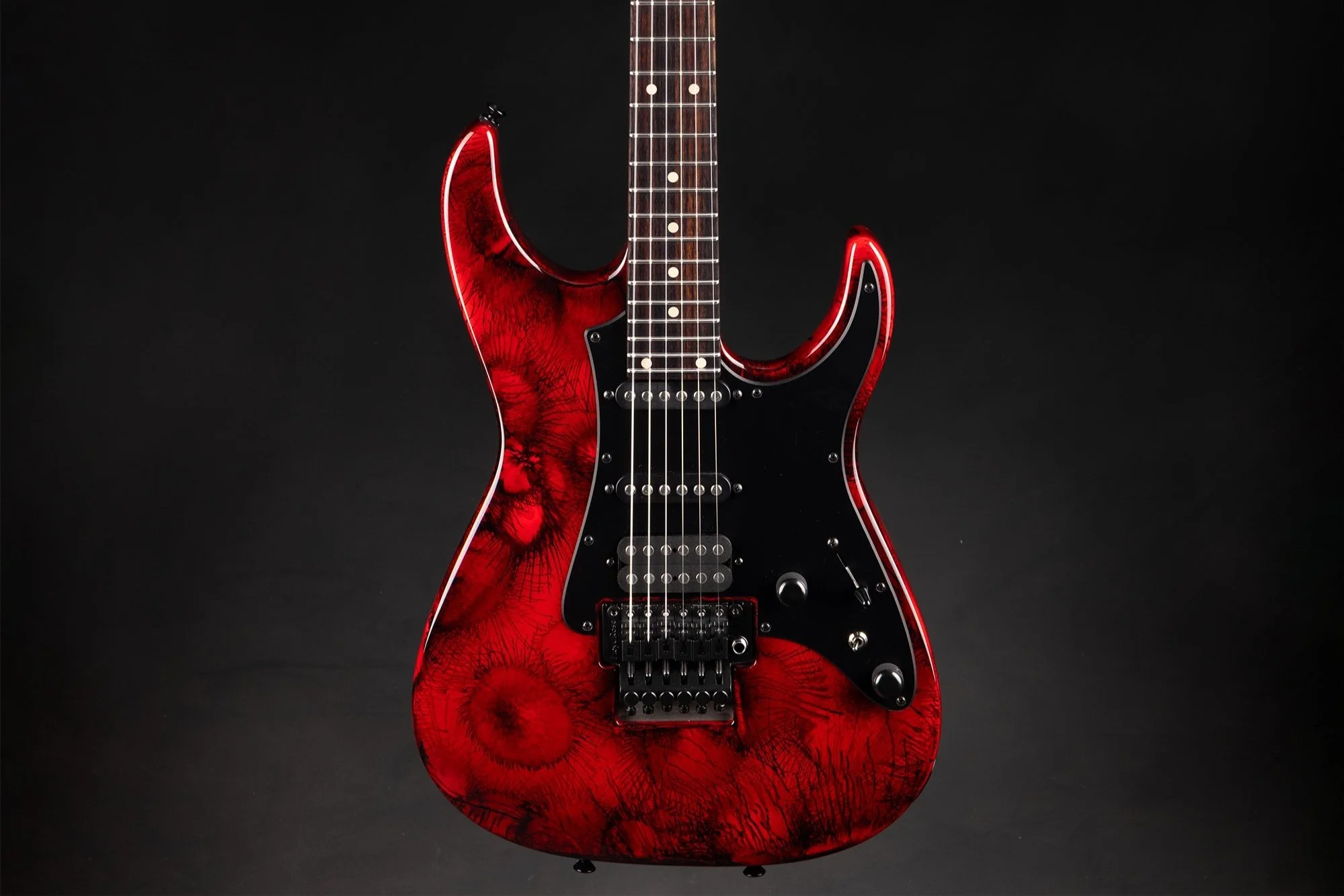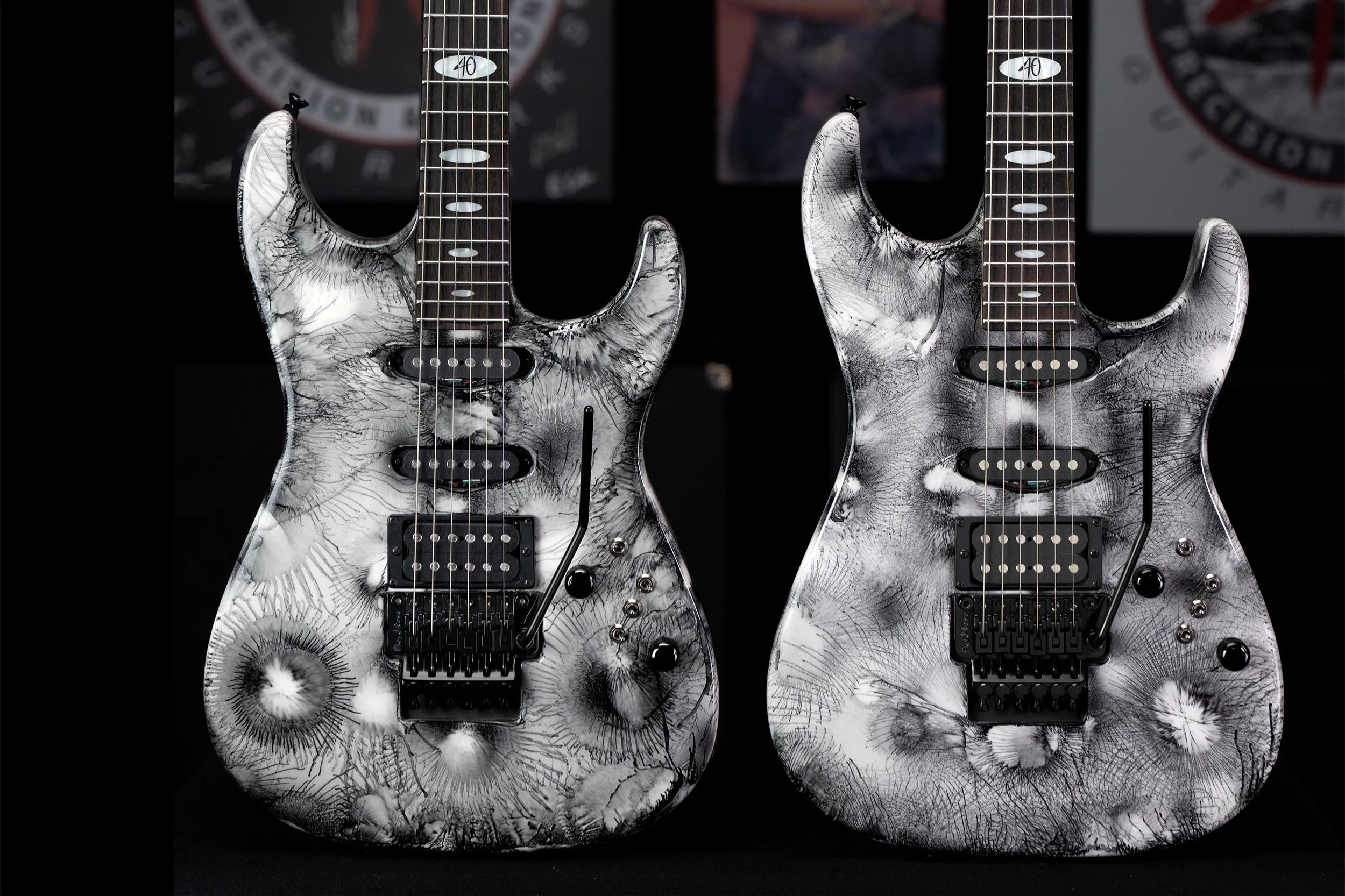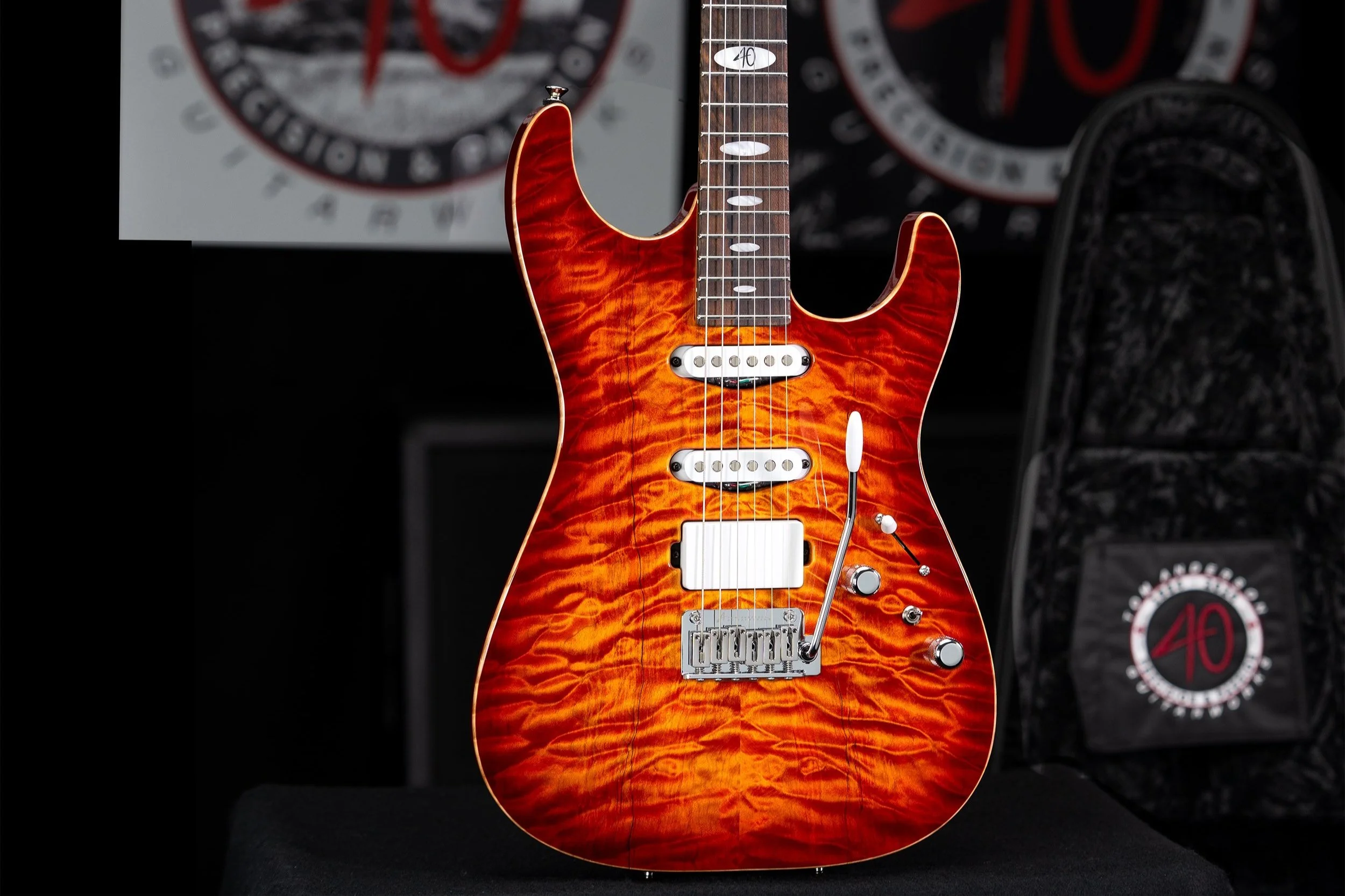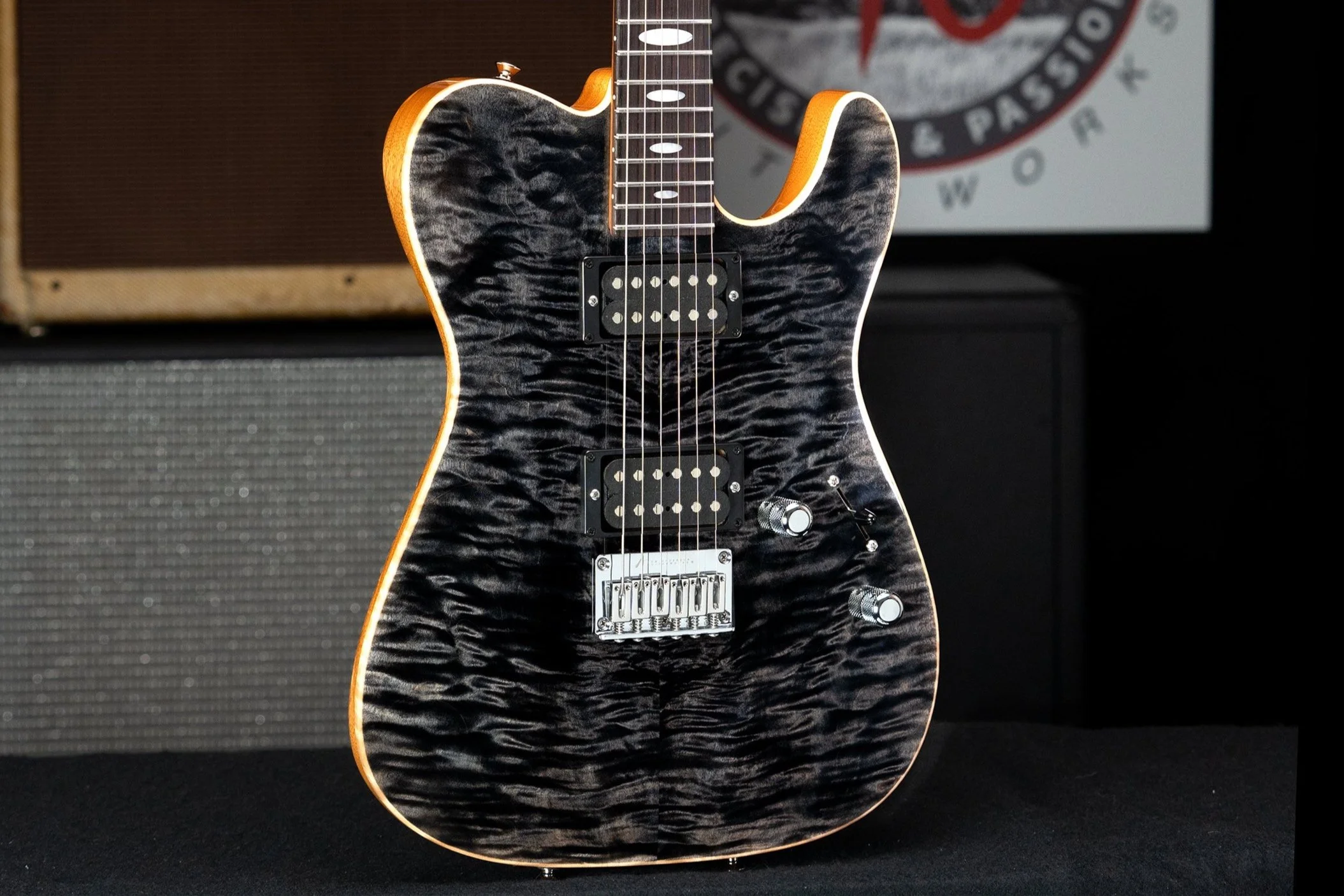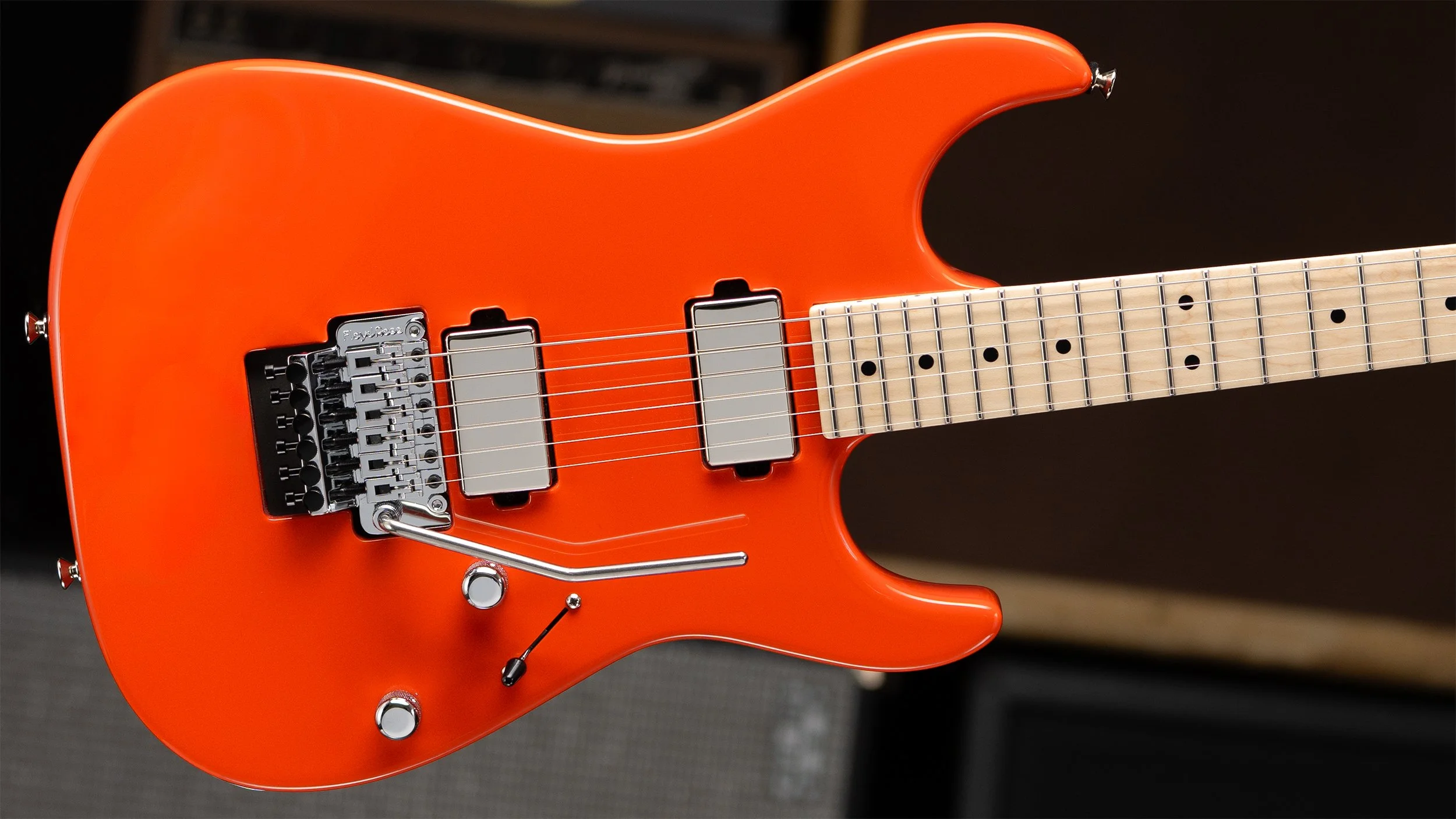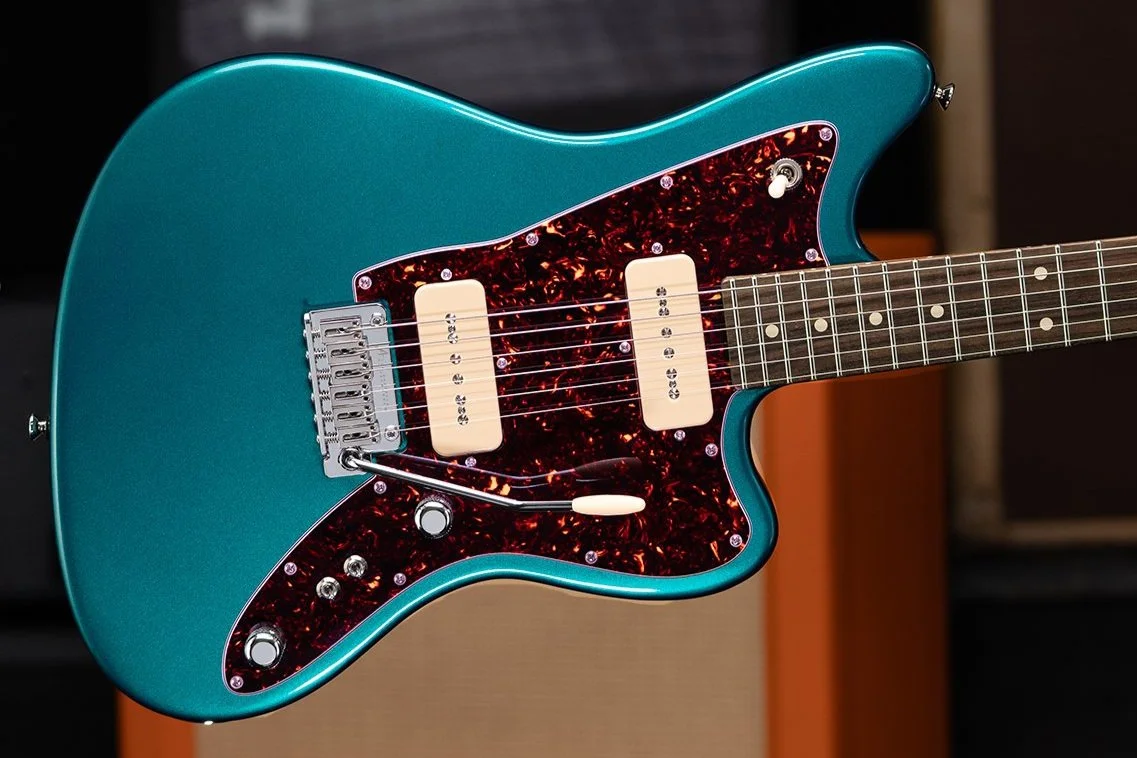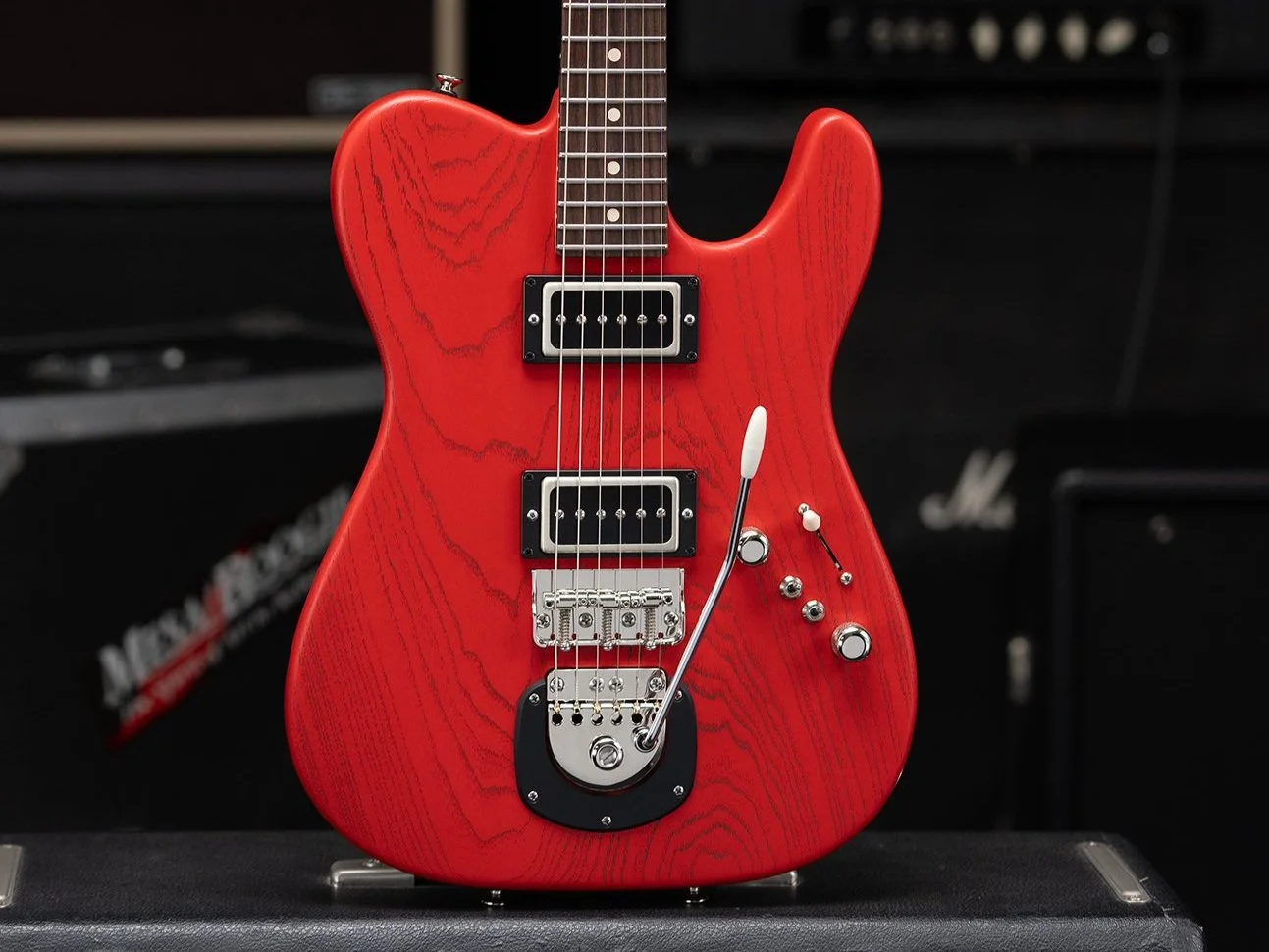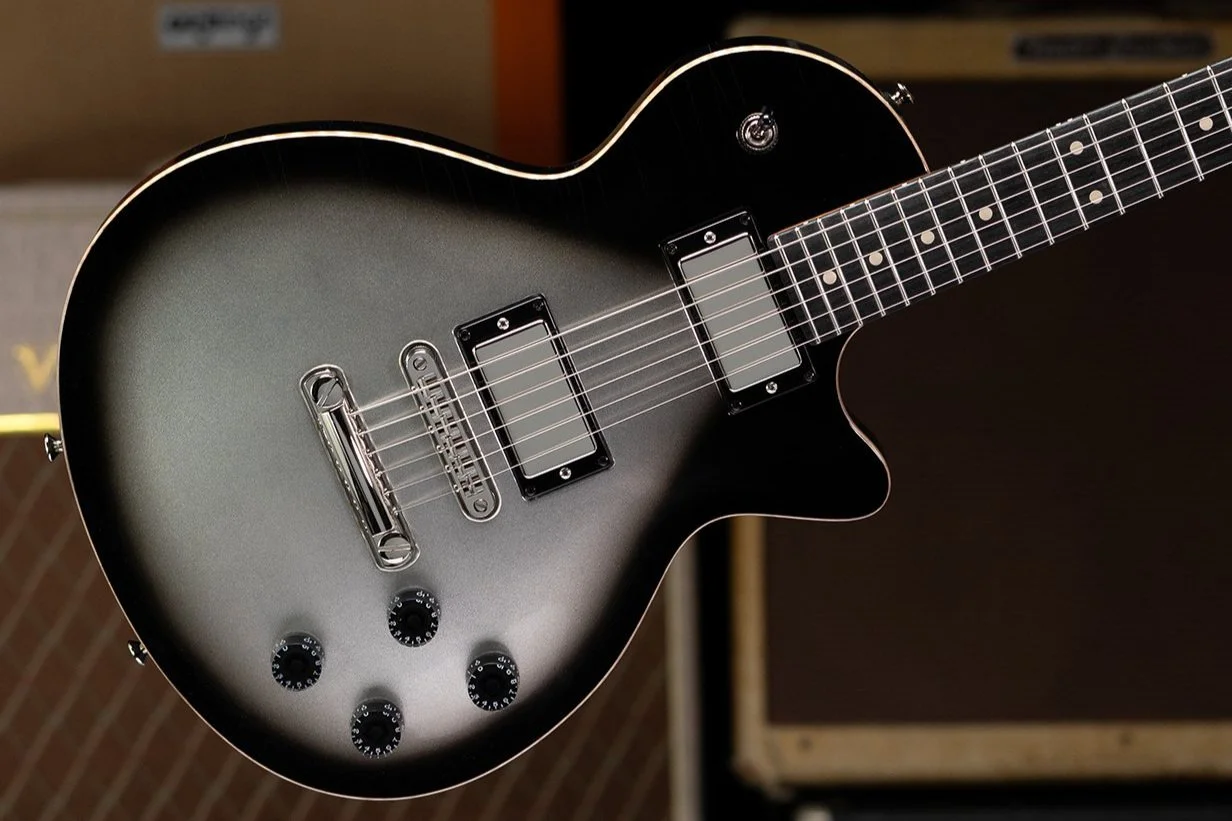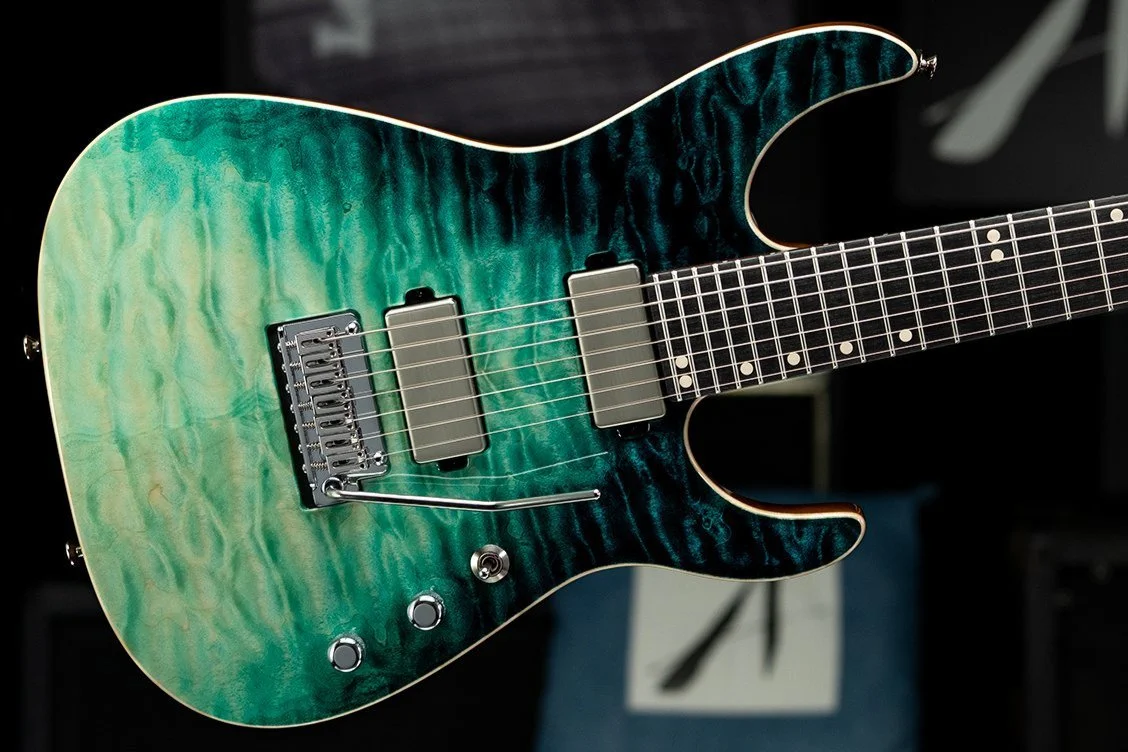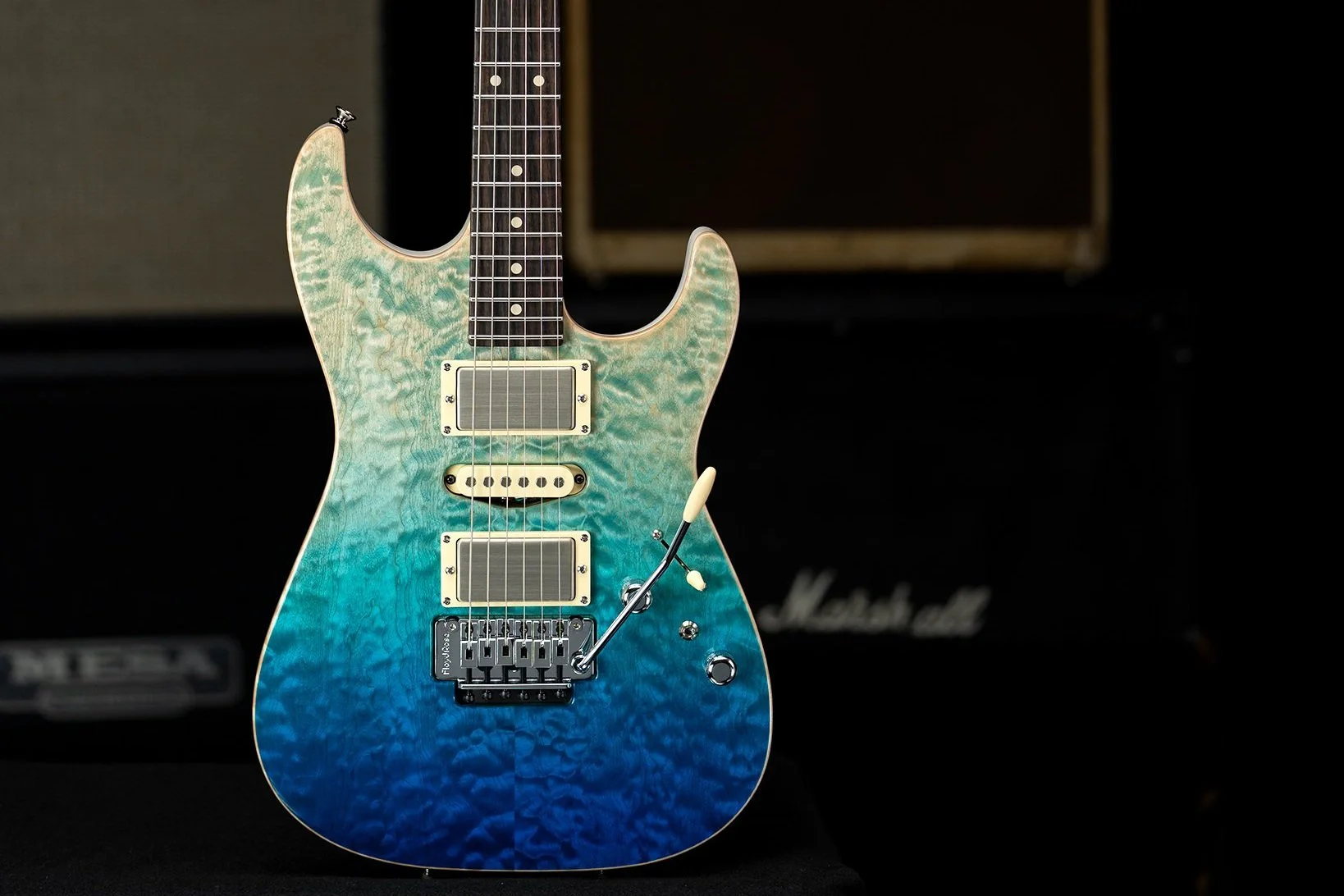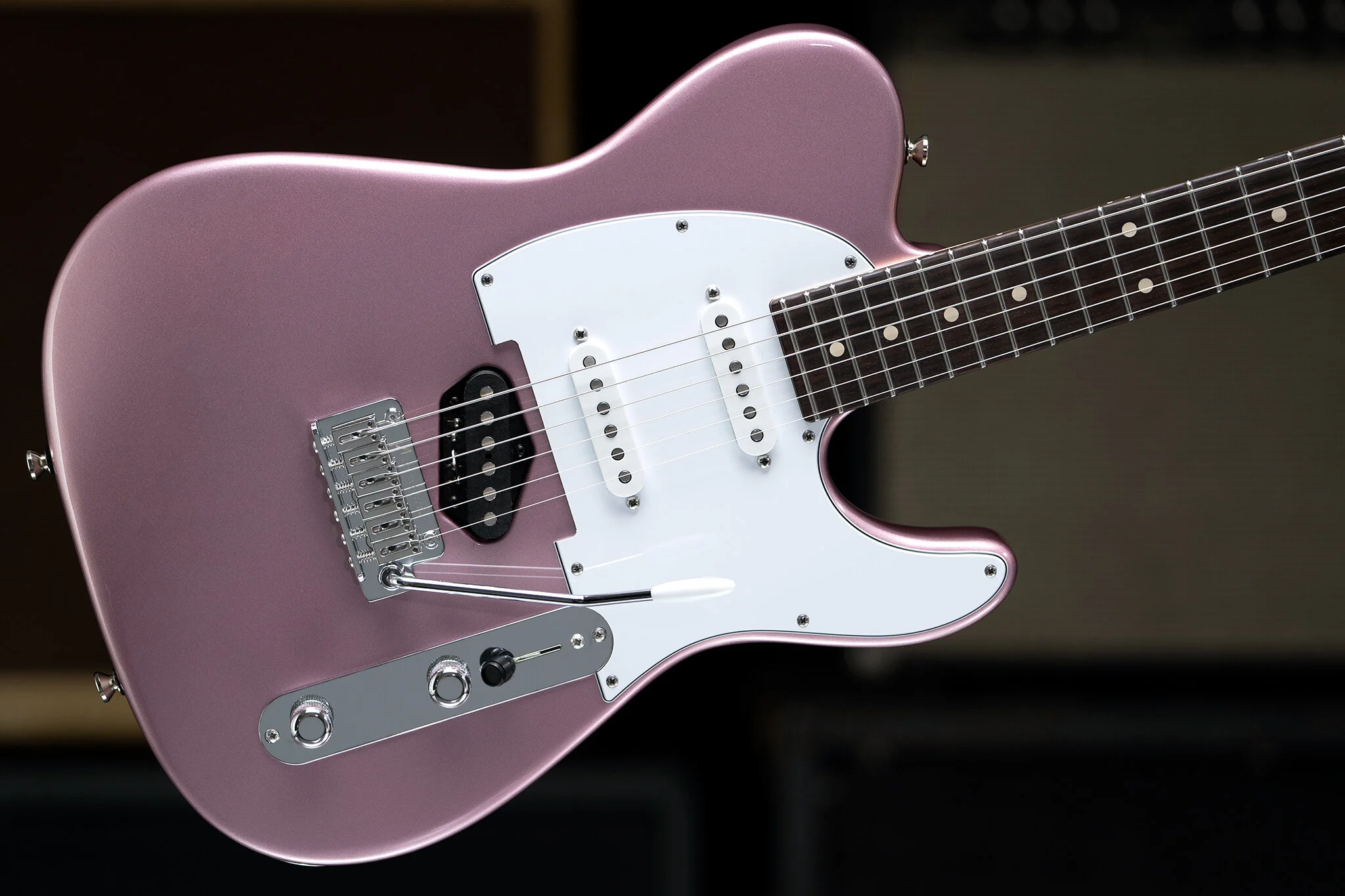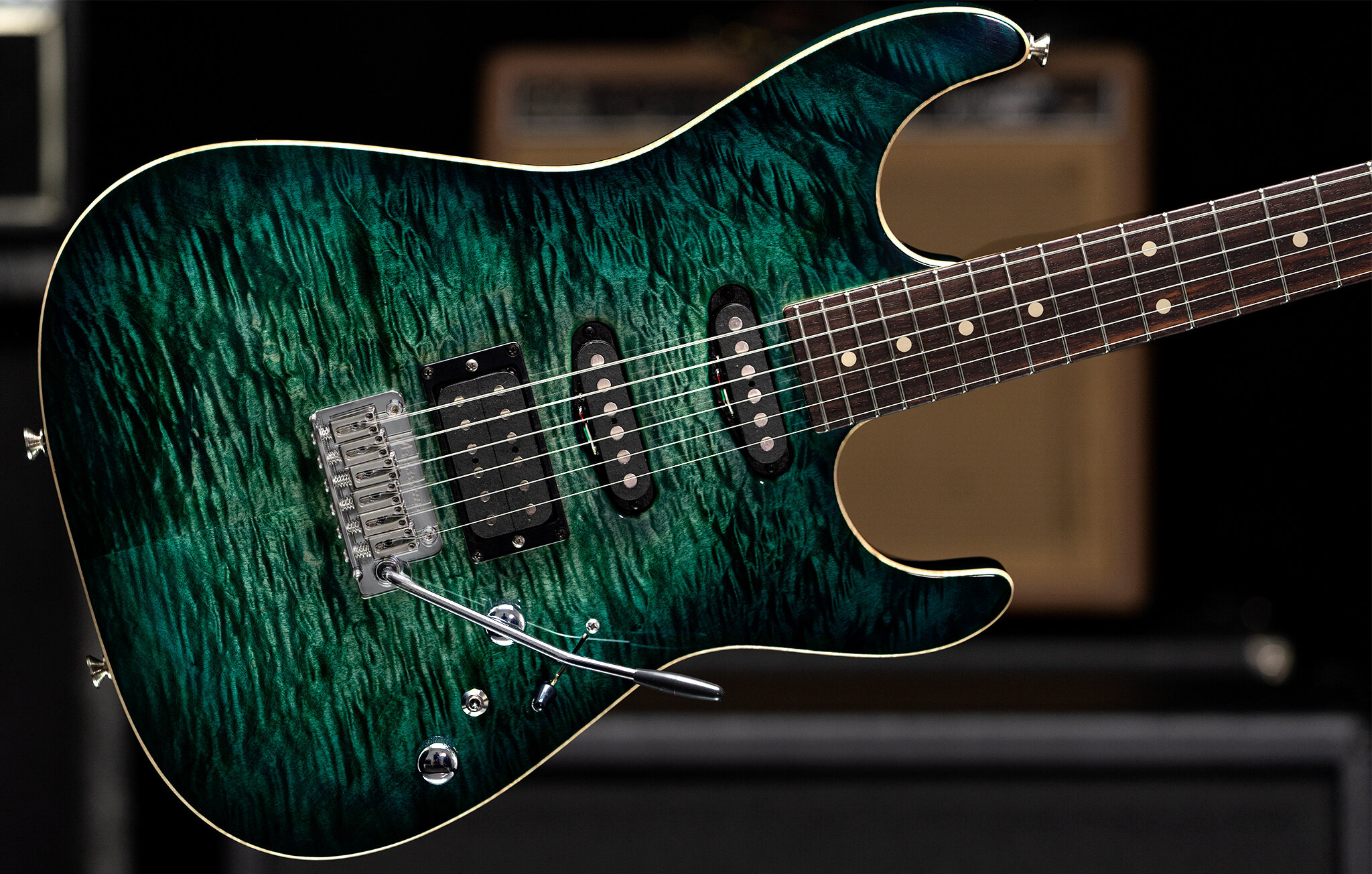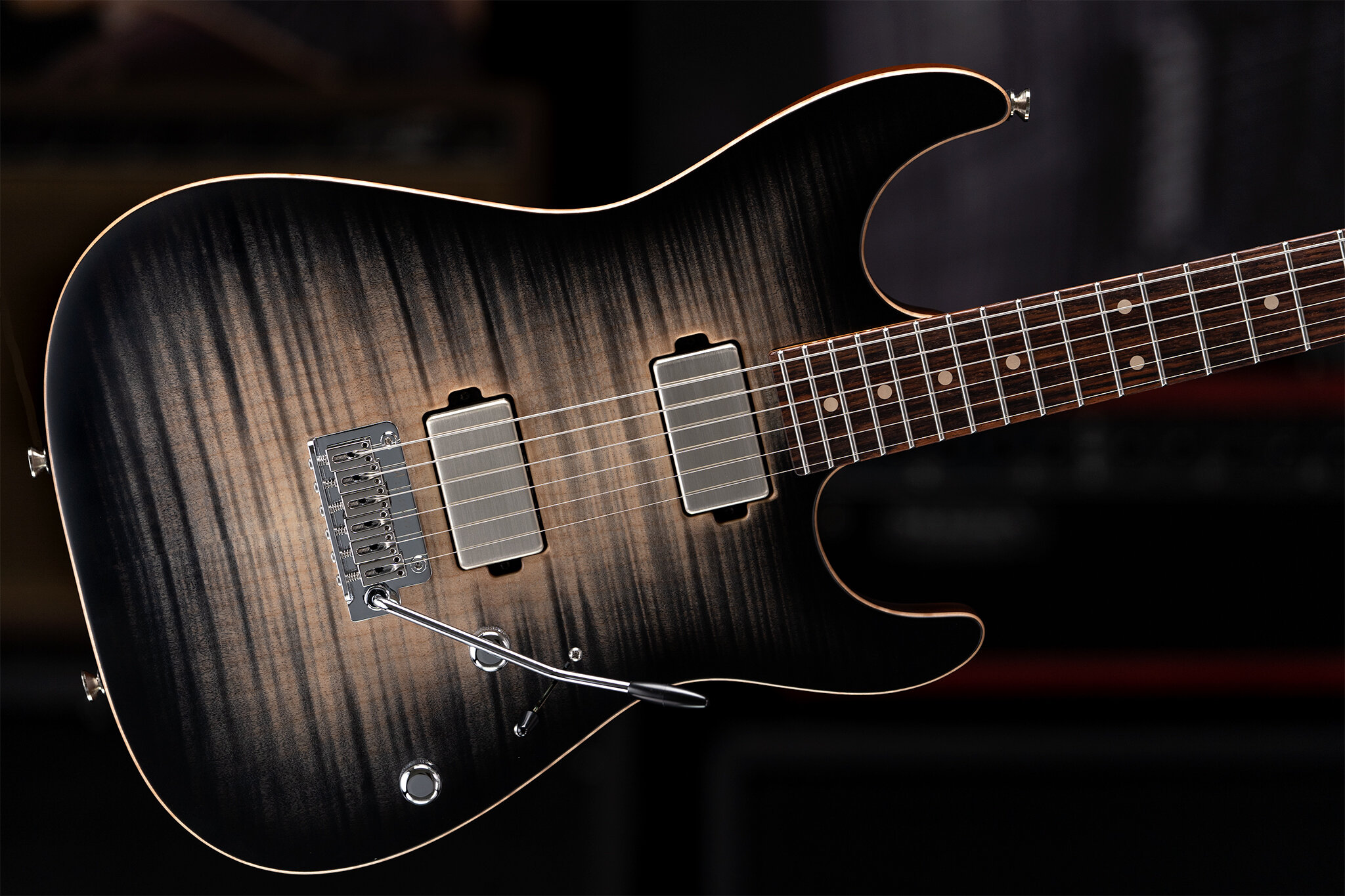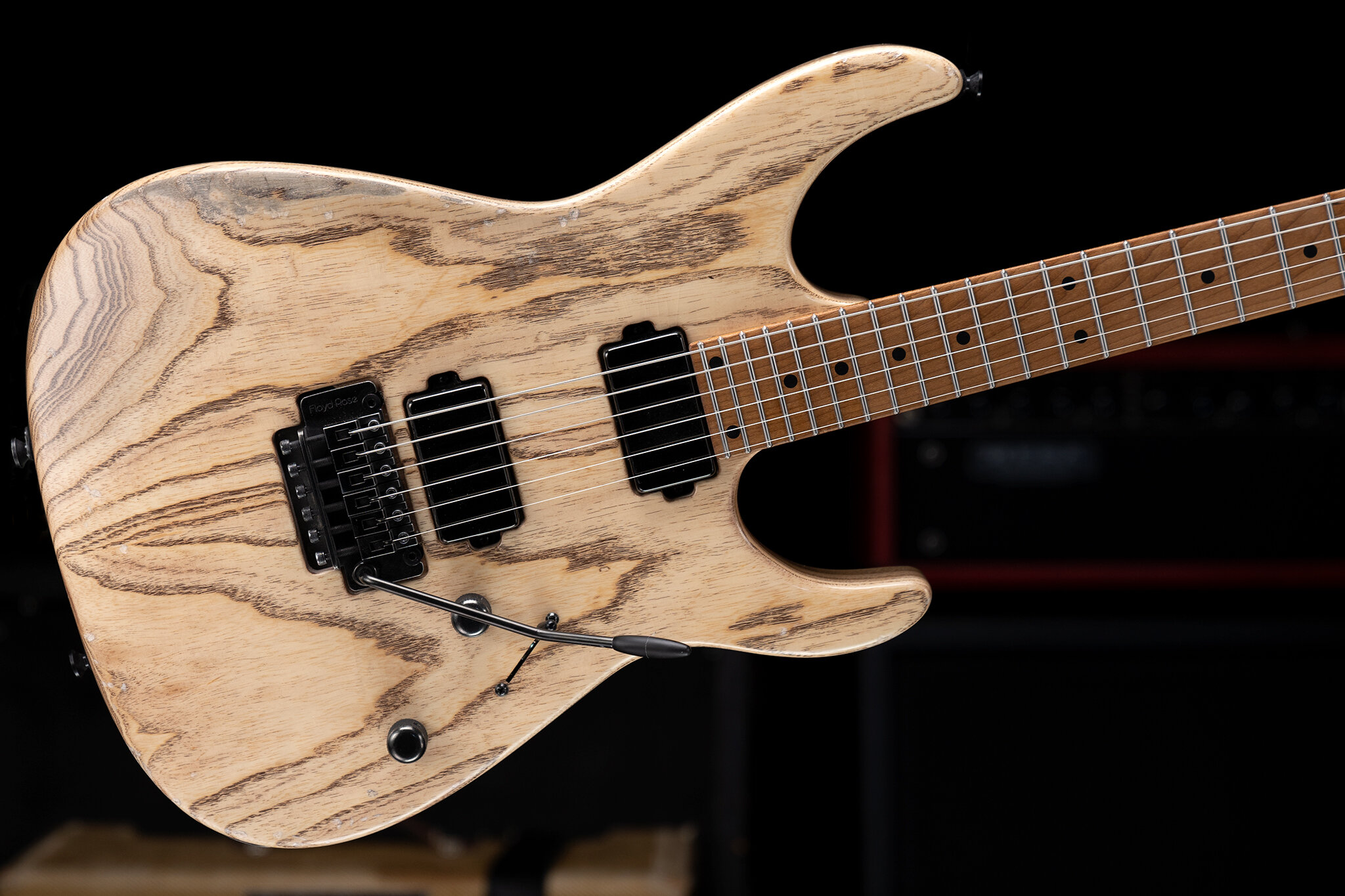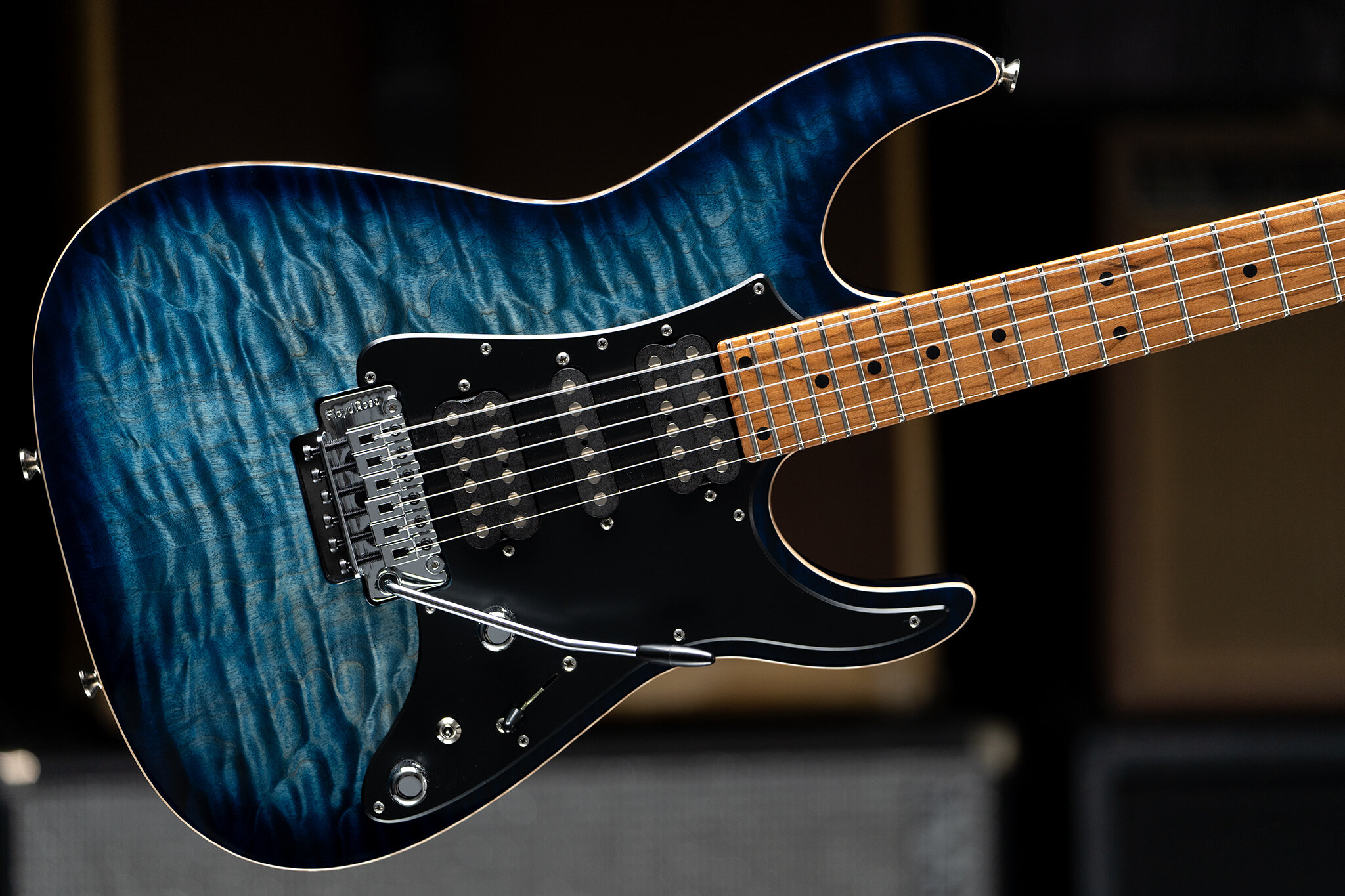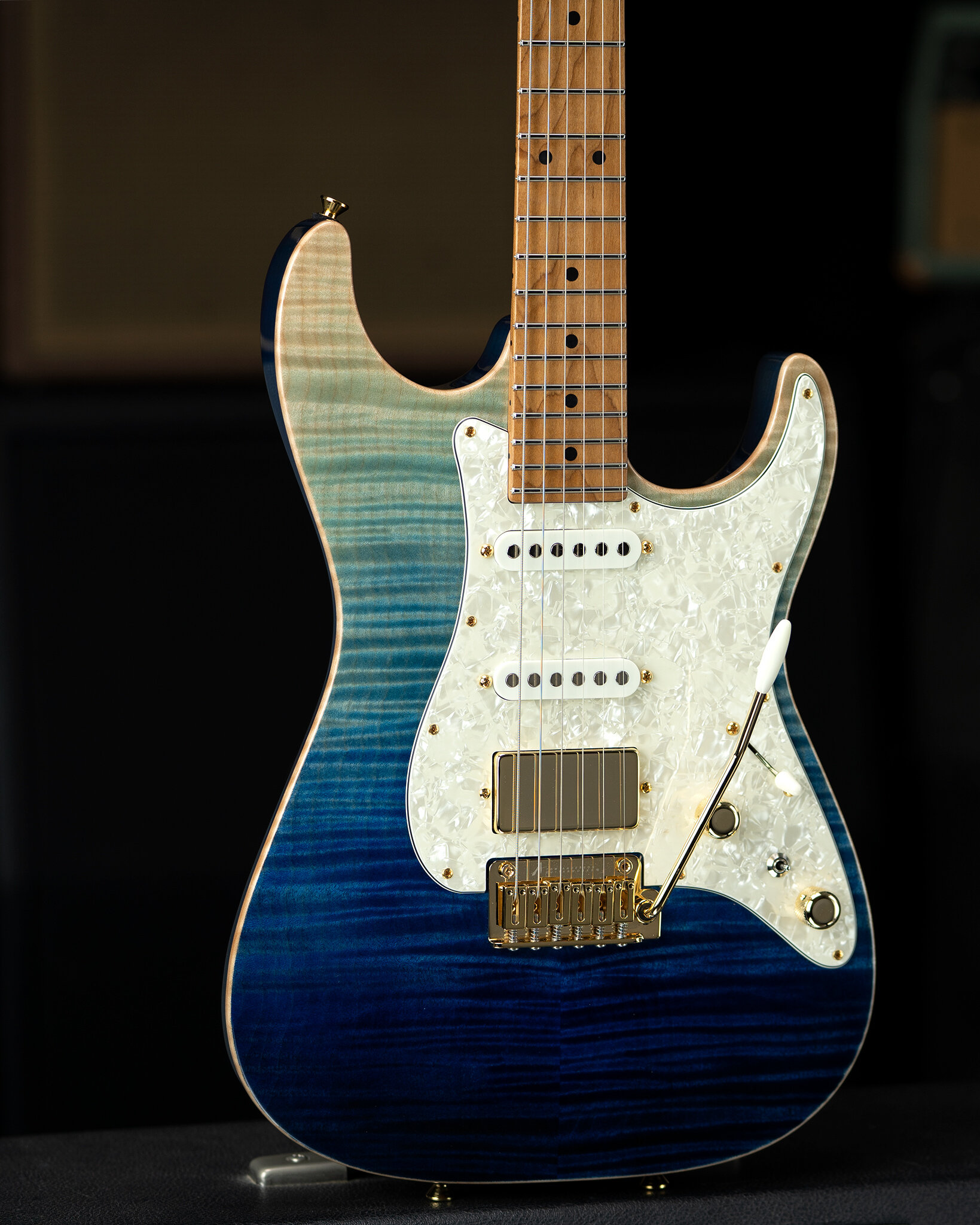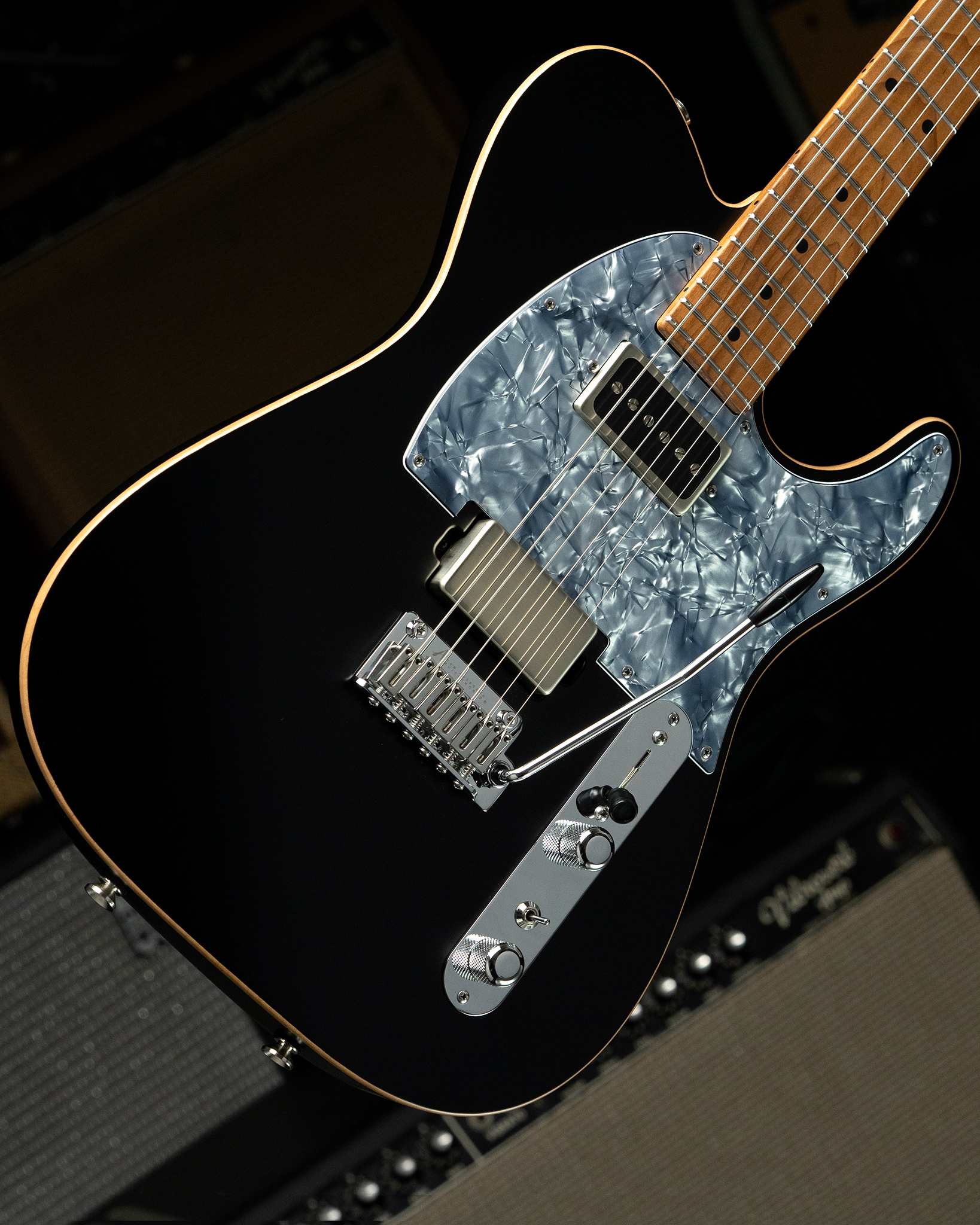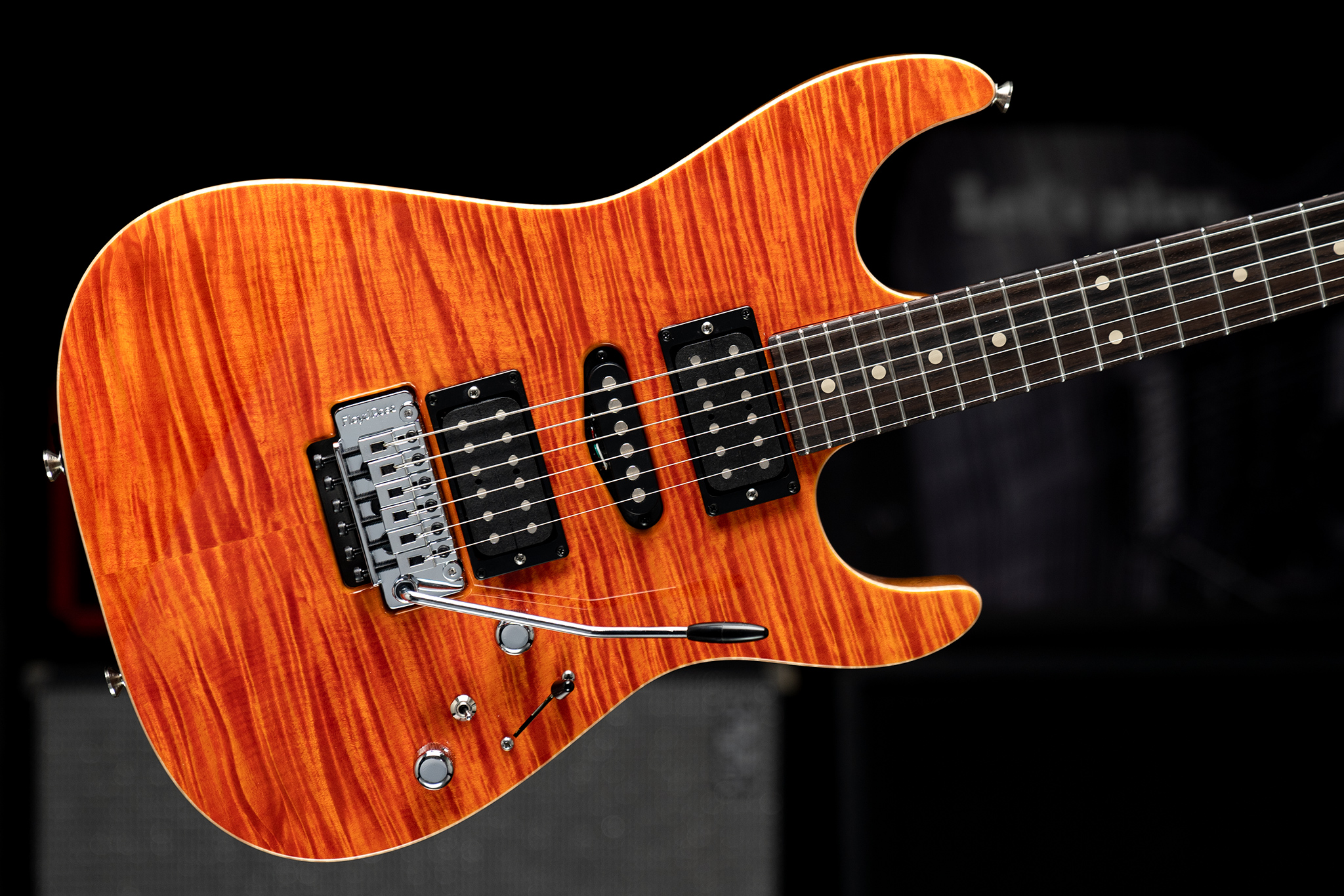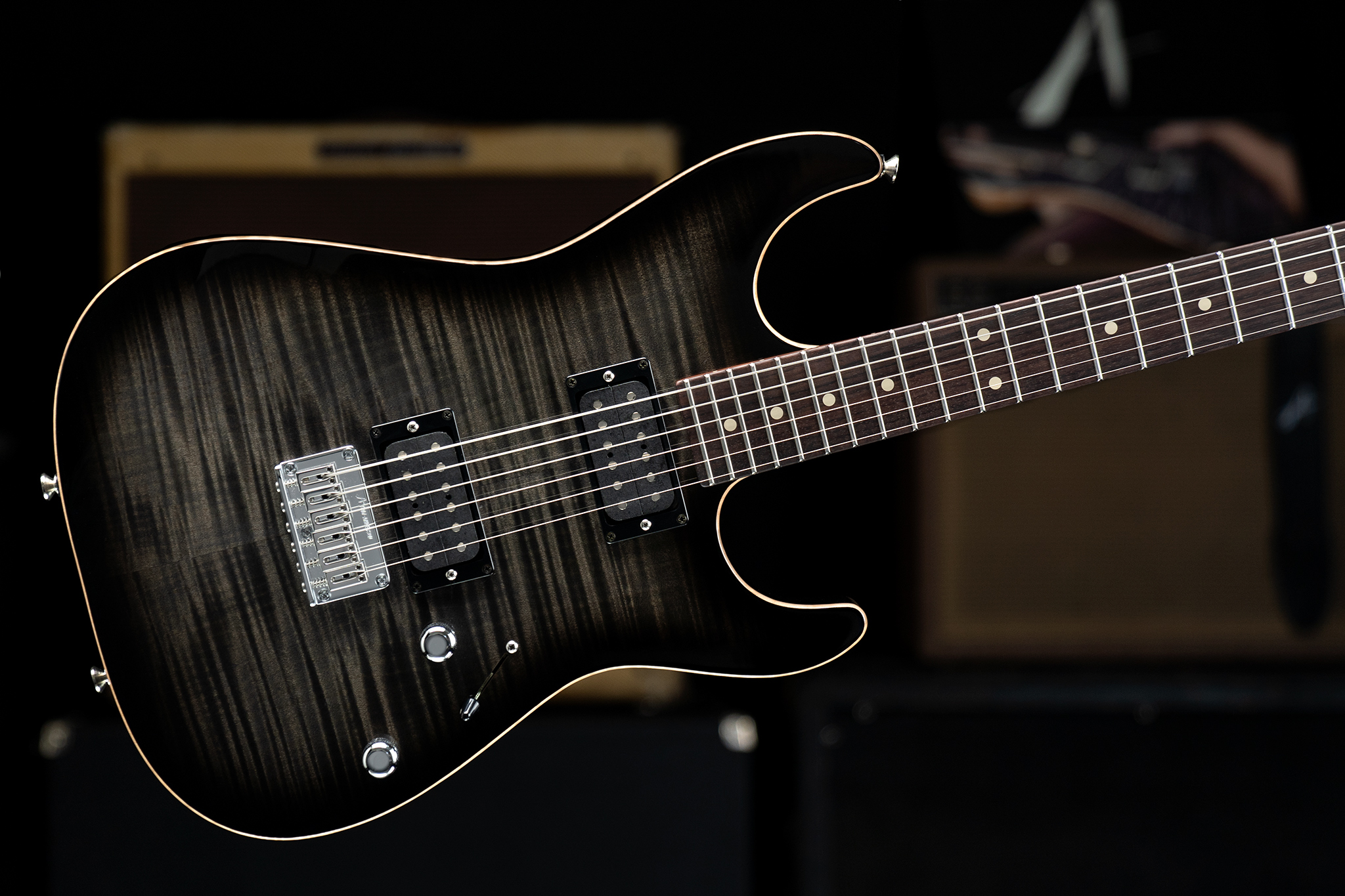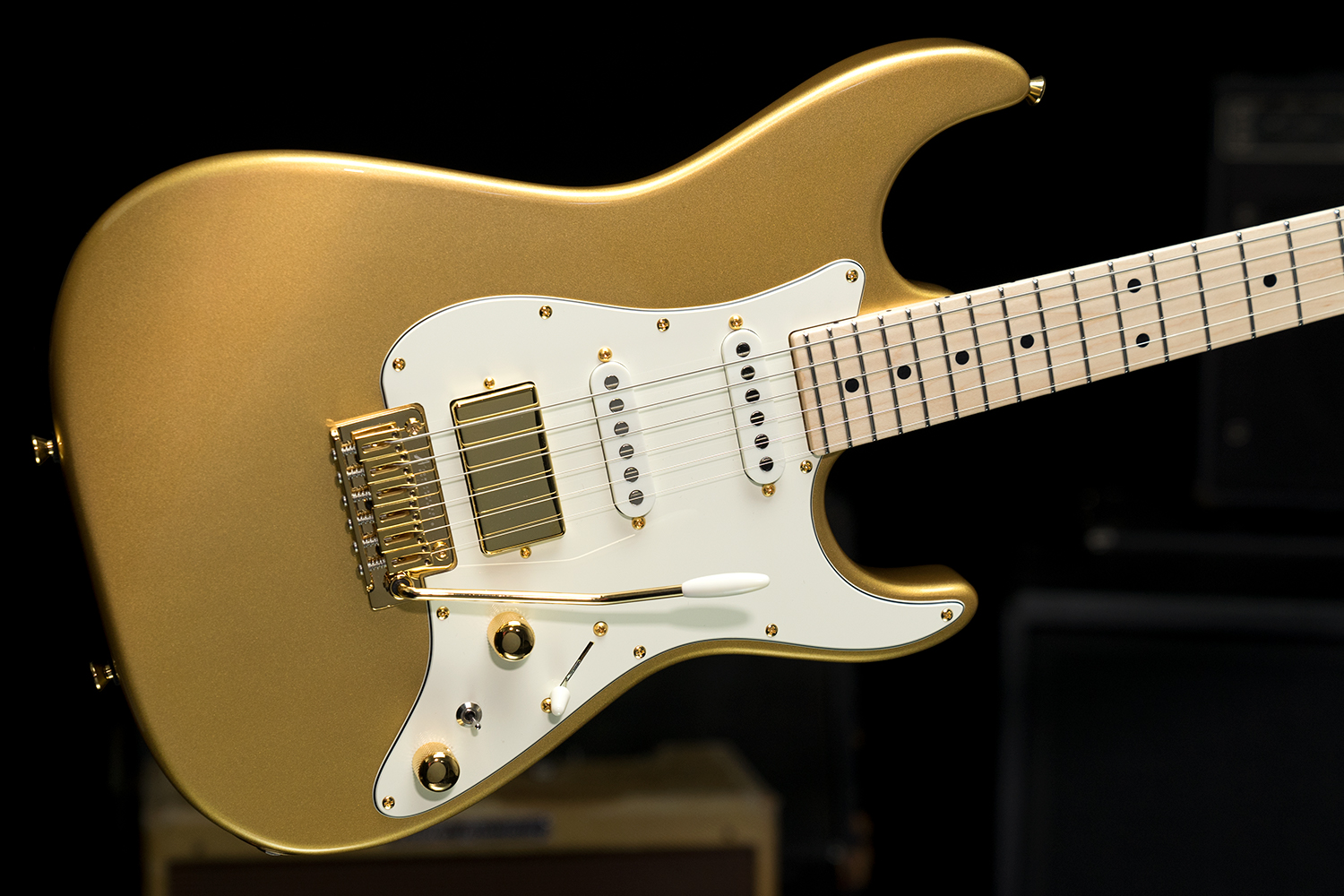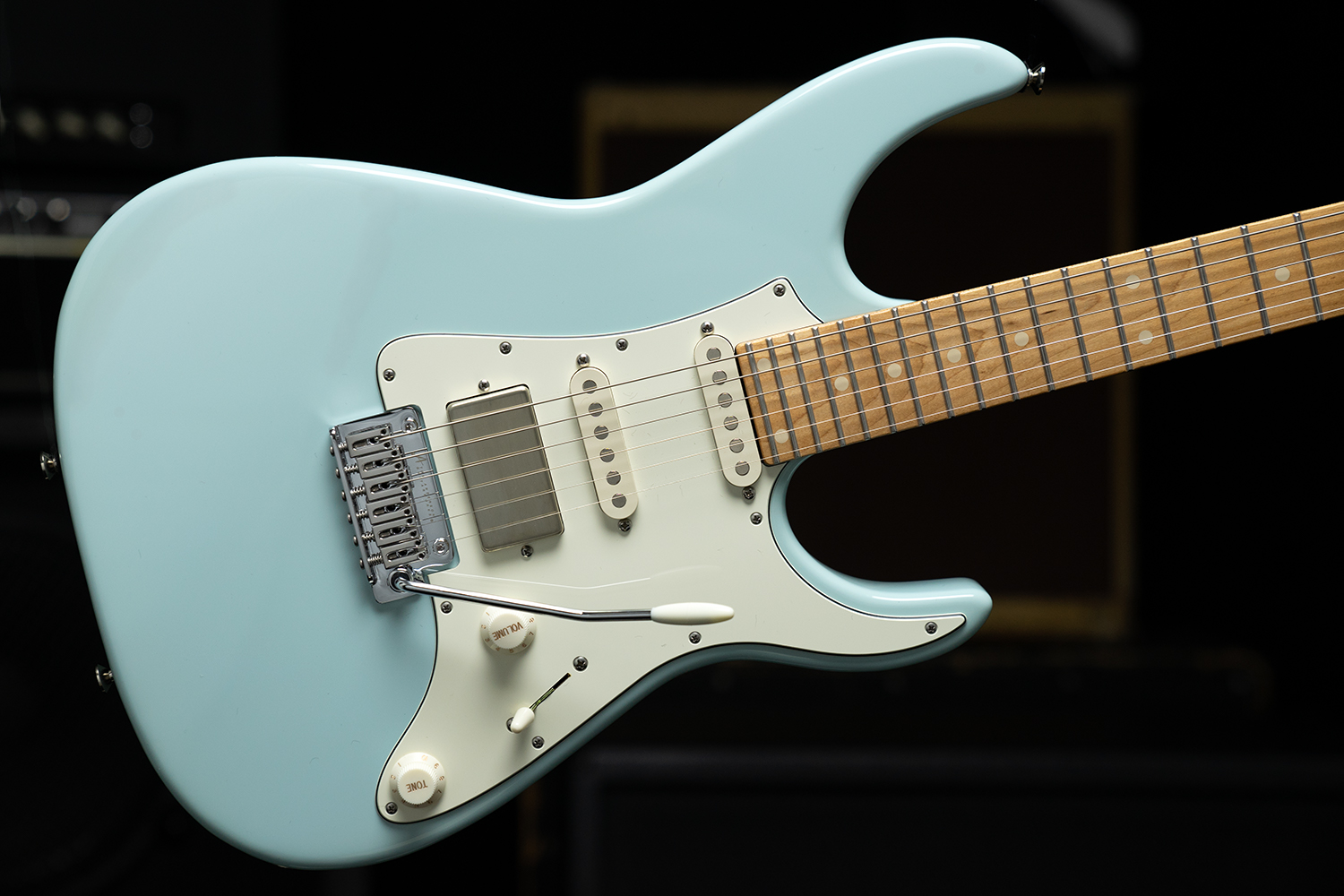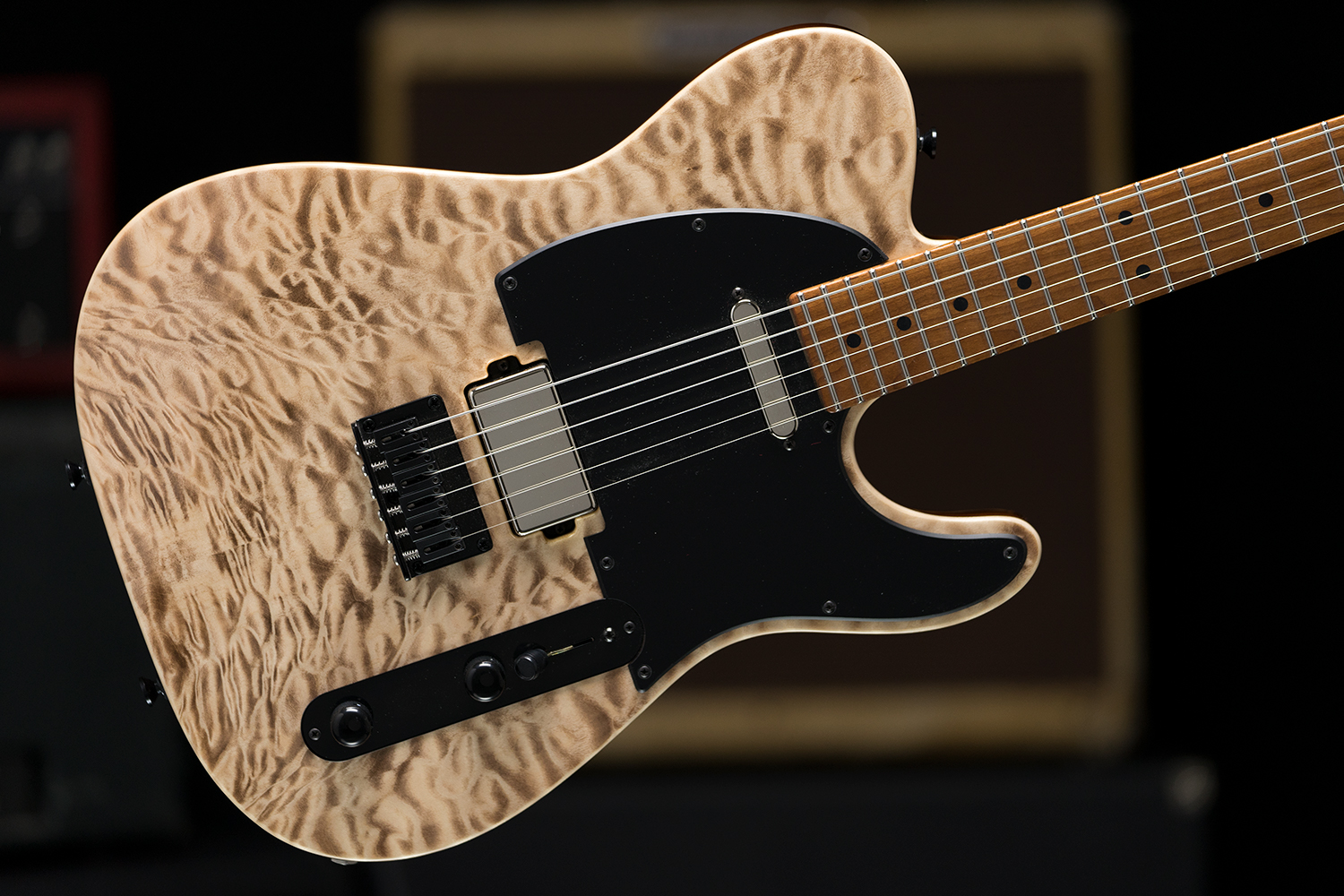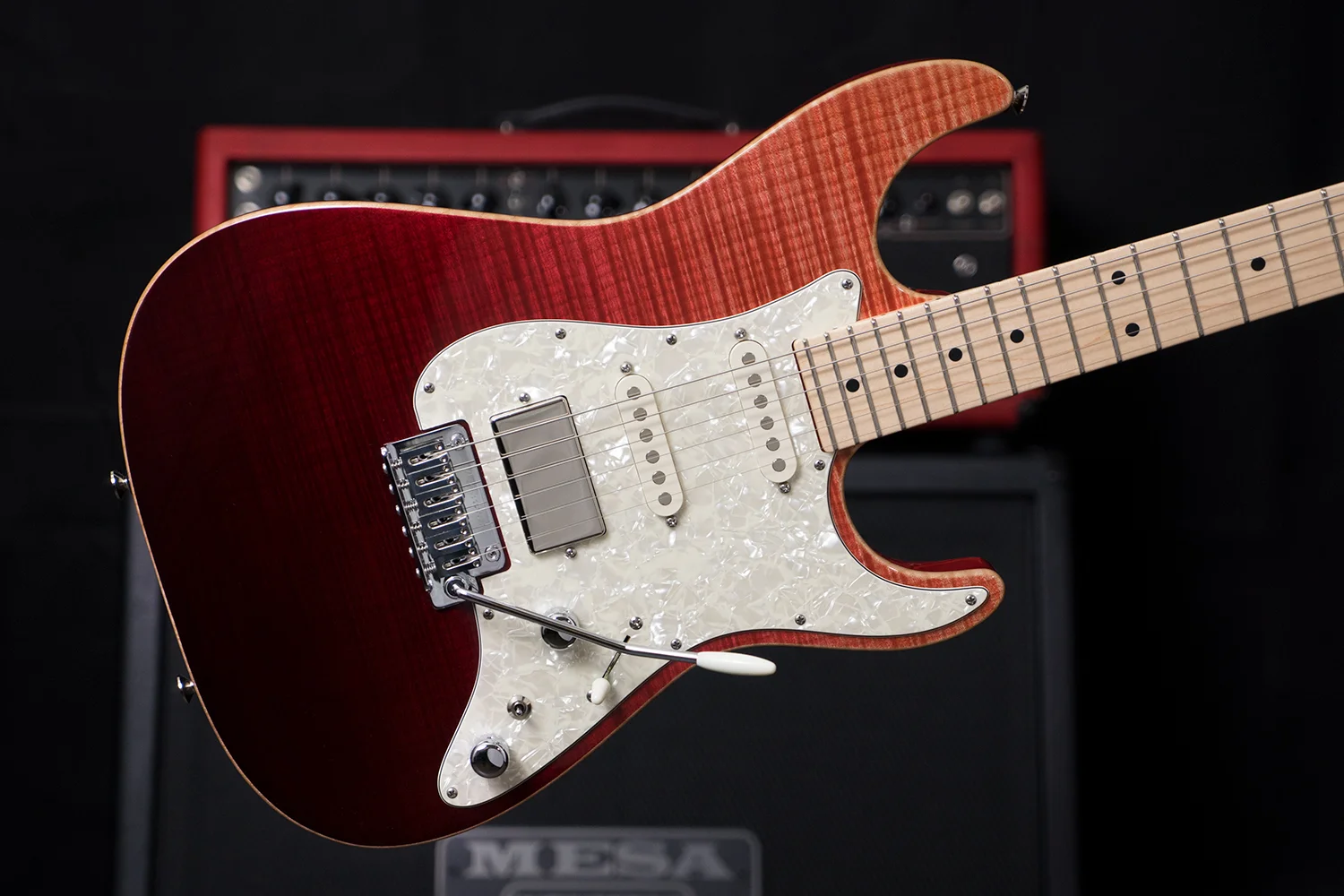Golden Sands
/The Golden Sands Of California’s Beaches
One of the very first custom colors to appear on an electric guitar—debuted in the late 1950s.
Until this time, guitars—and all stringed musical instruments— primarily had some kind of natural wood finish.
But it was a new era. Post World War II became a colorful time as humankind jumped back into focusing its attention and industry on creating things that could make people’s lives better and more convenient. Televisions began to appear in homes and cars and travel became one of the definitions of individual freedom.
Color was everywhere.
The roads were alive with machines making a stylized and colorful, individual statement. It quickly became apparent that this revolutionary blast of color needed to make its way to the newly-developed and radically-styled electric guitar.
Fueled by the auto industry, this rainbow of hues became available for these new electric instruments.
Editor’s Note: A “rainbow of hues” back then was like 6 or 8 choices—maybe. Compare and contrast that with the over 350 + (we have actually lost count) you can choose for your Anderson and you can see how it has evolved.
This iconic shade now appearing on this Icon Classic guitar is Shoreline Gold. But that was not its original name.
It was a DuPont paint called Pearl Fawn, introduced by the Pontiac division of General Motors in 1959 and also by Oldsmobile as Golden Mist. In the following year it appeared in the Buick lineup as Pearl Fawn and on Cadillac that same year where it was referred to as Fawn.
But who came up with the name Shoreline Gold?
A very befitting name for this shade as it is a sand-colored gold. Was it named for the golden-tan sands of the California beaches where the electric guitar color revolution was spawned? A romantic story but we will never know for sure.
This Icon’s Shoreline Gold is In-Distress. Ordered that way on purpose to honor the music and experience of all eras of inspired performances.
In-Distress, Level 3 is our most radical aging level—where it looks as though you have gigged all over the world, many times. You can select Level 1, 2 or 3 to suit the care you would have liked your roadie to have shown to your most prized performance instrument.
And now, all these awesome and time-honored options are available on the best playing and best sounding vintage-styled guitar of all time.
GUITAR SPECIFICATIONS:








